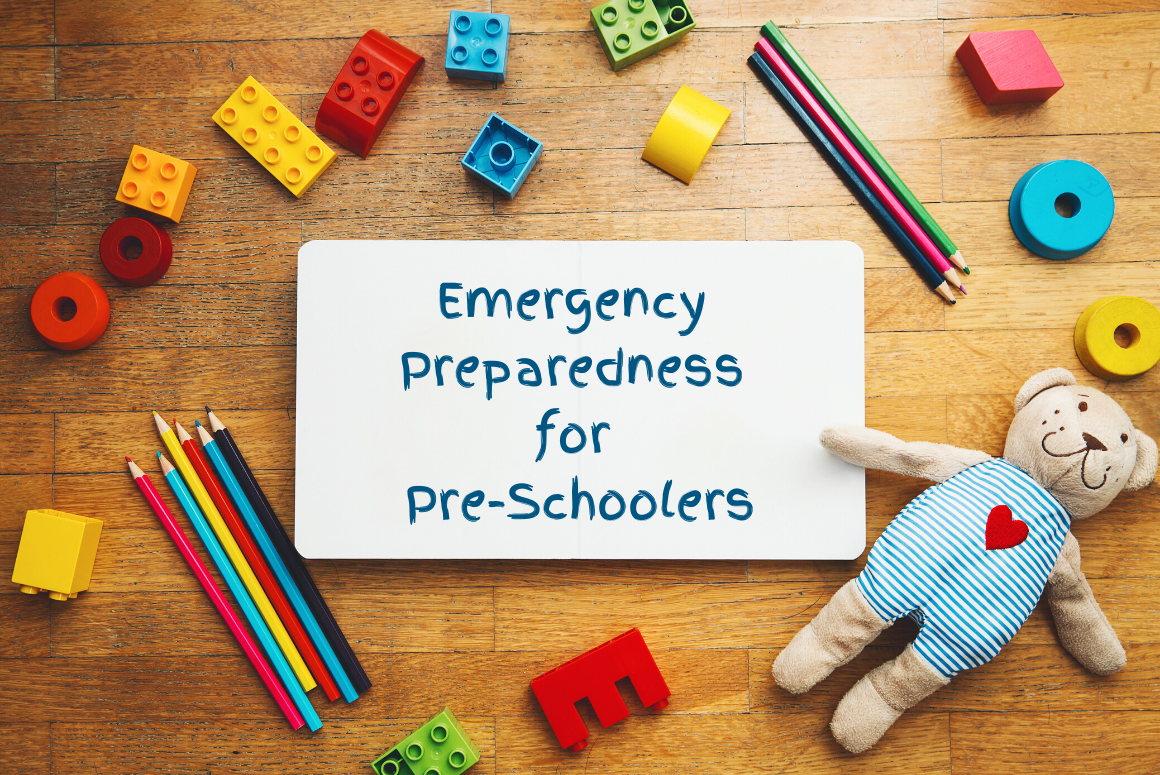Pre-school is an important part of every child’s educational development and parents rely on childcare professionals to ensure their safety while they attend school. Part of this includes emergency preparedness for preschoolers which, while similar to other school preparedness efforts, needs to be adjusted slightly for this younger age group.
Identify Potential Classroom Emergencies
Classroom emergencies will include situations that are out of the control of the caregiver, such as natural disasters, power outages, or severe weather, so it’s important to identify which of those might apply to your preschool. To identify those situations that are specific to your classroom or facilities, conduct a site hazard assessment once per year so that you can stay up-to-date on any changes to the immediate area and plan accordingly. Examples of classroom emergencies might include:
- Injuries: Falls, bumps, scrapes, bruises, and even accidental poisoning can all happen around preschoolers, and staff can experience injuries too!
- Illness: Whether it’s flu season or someone has an upset stomach, unexpected illness can cause challenges in the classroom.
- Inclement weather: Severe weather can happen in Spring (flooding, thunderstorms, lightning), Summer (heatwaves), or Winter (snowstorms, hail) and it can have a significant impact on your preschoolers and your classroom.
- Facility emergency: A power outage or burst pipe can make accessing your classroom a challenge or require you to adjust your program indefinitely.
- Missing child: This is one of the most serious emergencies that any childcare provider can experience, whether a child wanders away accidentally or is picked up by the wrong person.
- Lockdown: There are a number of reasons why a school may be instructed to shelter-in-place including active shooter situations or downed power lines in the area.
Talk To Preschoolers About Emergencies
It’s important to talk to preschoolers about emergencies in an age-appropriate manner so that they are better prepared in the event of an unexpected situation. Keep information simple and understandable, and make use of drills and other practice sessions so that little ones understand what to do in an emergency. Other tools, like videos, can also be useful – check out this awesome one on Handling Emergencies from Sesame Street.
Often, little ones like to help and providing them with the tools and information they need to do so can make that a reality for them. Encourage questions and peer-to-peer conversations so that each child can best understand what they’re being asked to do.
Make A Plan
The most important thing you can do is to make a plan for any potential emergency – collaborating with your fellow teachers and caregivers is a great way to get a comprehensive plan in place. Get it all in writing and make sure to share it with families as well so they know what to expect under any of your identified emergency scenarios. A plan for preschoolers should answer questions like:
- Where will children be relocated to in the event of an evacuation?
- How will we relocate children to our emergency meeting point?
- How will we update parents about an emergency?
- What are the individual staff responsibilities?
You could create a single master plan that has various additions for specific scenarios or you can compile a variety of plans that cover each one entirely. Be sure to focus on the scenarios you identified in your risk assessment and consider what you need to support children in the case of each of them.
Put Together Your Emergency Supplies
In larger, community-wide emergencies or disasters, you might have to stay where you are and support your students for at least 72-hours without outside help. You may even face additional challenges like power outages or inaccessible facilities.
Whatever the reason is for you having to shelter-in-place, you should always have enough supplies to sustain all staff and children at that site for a minimum of three days – that includes food, water, and additional items like blankets, medication, and even diapers and wipes for the youngest of your wards. For help in getting started, check out this great article, What To Include In Your Classroom Emergency Kit.
One other thing to think about is asking parents to provide their little ones with a miniature emergency or comfort kit of their own. These are smaller kits designed for each individual child, and often include toys, games, or books to keep little ones occupied during an emergency. We’ve put together our own guide on Comfort Kits that we hope can help!
Practice, Practice, Practice
The best way for everyone to learn and remember is to practice. Once you have your plan in place, consider doing a few drills throughout the year so that children are familiar with all possible scenarios and any adjustments you might make between drills. You can even involve parents for things like pick up at muster points and controlled release events.
Terms and Conditions
All content provided on this blog is for informational purposes only. The owner of this blog makes no representations as to the accuracy or completeness of any information on this site or found by following any link on this site. The owner will not be liable for any errors or omissions in this information nor for the availability of this information. The owner will not be liable for any losses, injuries, or damages from the display or use of this information. This policy is subject to change at any time.

